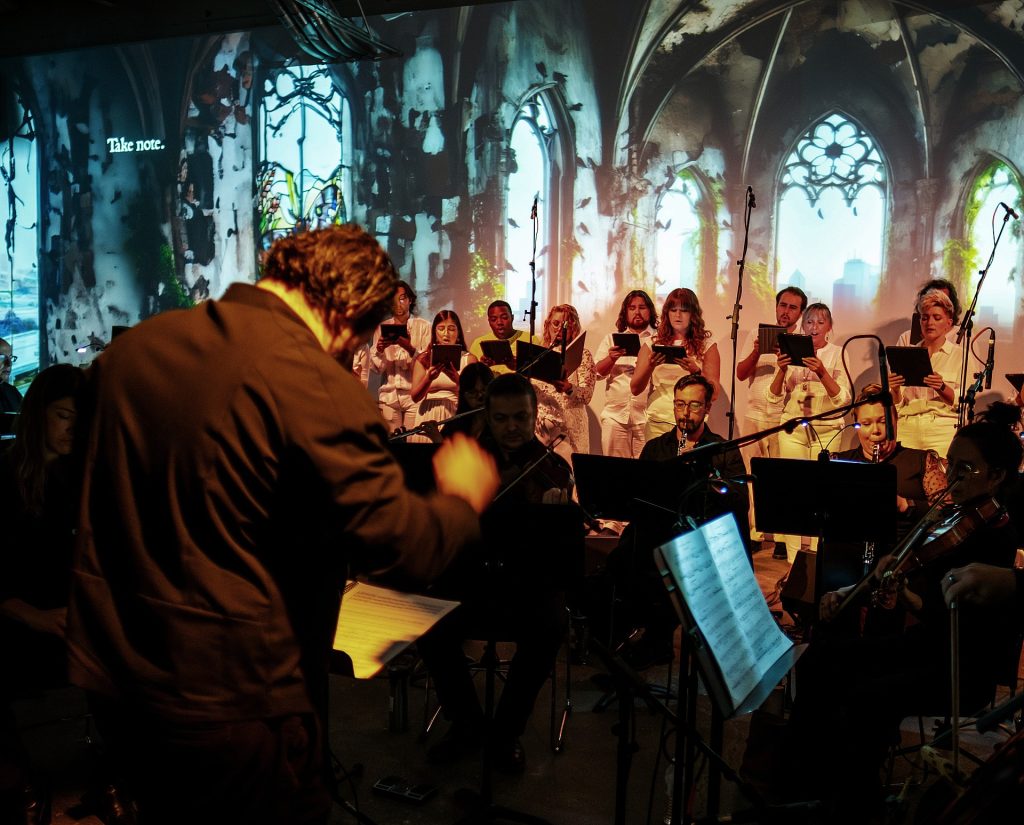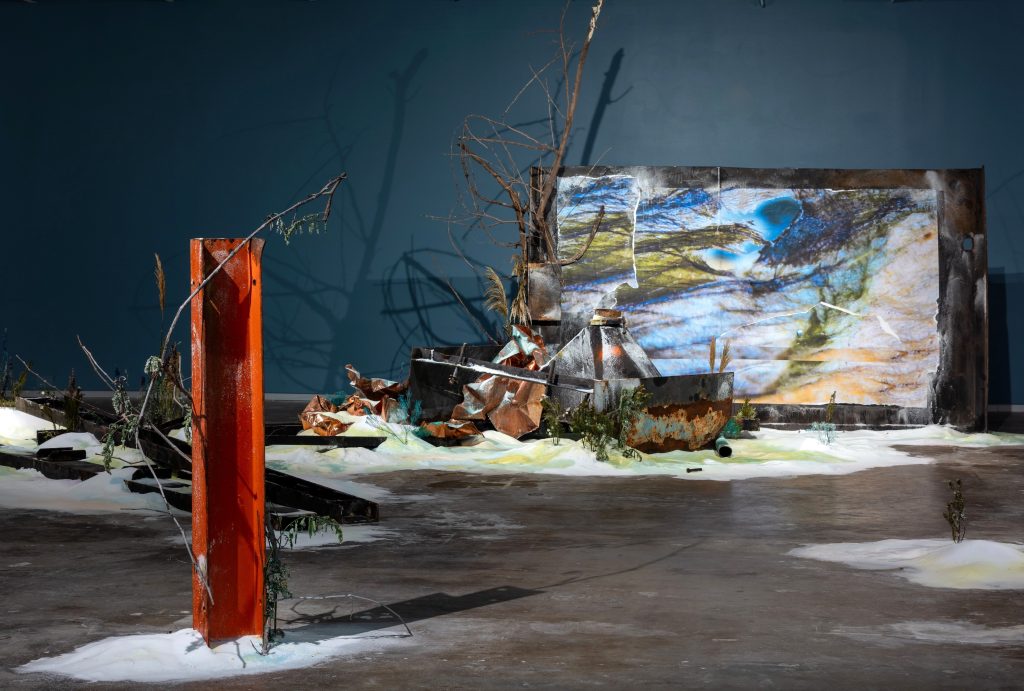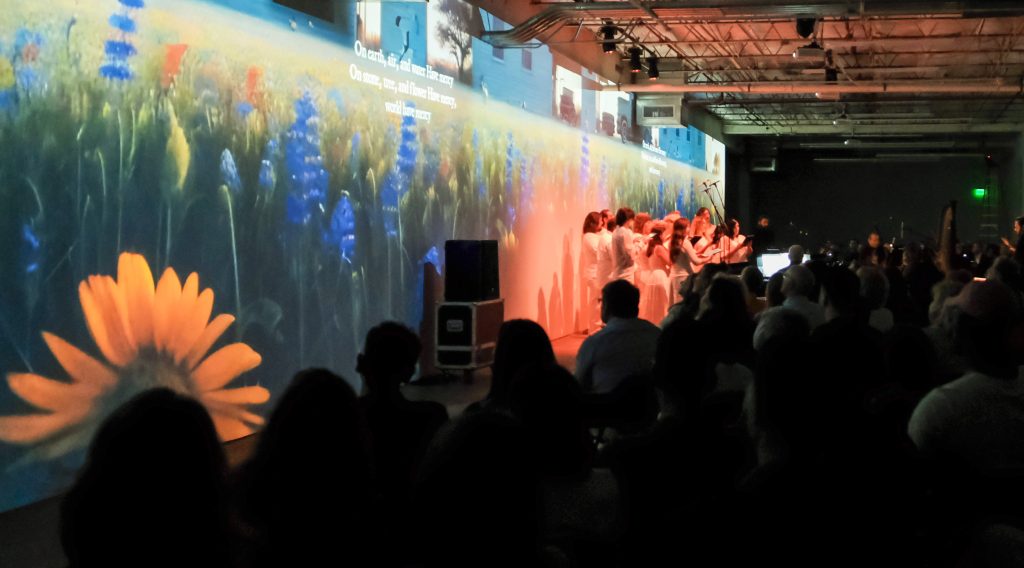
Having a contemporary choral group like Verdigris Ensemble premiere a musical work at an art museum like the Dallas Contemporary is not that unusual. The Contemporary recently had a dance company perform in its galleries.
What is unusual is that it’s all been inspired by Lady Bird Johnson and a nearly 60-year-old law she helped get passed when Lyndon Johnson was in the White House.
The Highway Beautification Act of 1965 has been called the First Lady’s greatest achievement. The act banned or regulated thousands of billboards and junkyards along federal highways while also encouraging scenic improvements.
Sam Brukhman, artistic director of Verdigris, said that “when someone looks at the Highway Beautification Act, they could very easily interpret that to be surface level. But the thinking behind highway beautification was very intelligent and very hopeful. And it was also the type of conversation that was way ahead of its time.”

In fact, the beautification law was only one part of Johnson’s wide-ranging conservation efforts. When he left office, Lyndon Johnson presented his wife with 50 pens — representing each of the many environmental bills he signed during his administration. The couple had become committed to beautifying and preserving the American landscape — during their many drives between Texas and Washington, D.C.
Lady Bird Johnson may even have been the first First Lady to be directly involved in lobbying Congress. Her critics called the Highway Beautification Act “Lady Bird’s Bill” and then-Rep. Bob Dole made a motion that whenever the bill mentioned the “Secretary of Commerce,” the words should be replaced with “Lady Bird.”
To them, she was just tidying up highways — and imposing on businesses to clean up their act. It was a job better suited for a ladies’ garden club, they argued, than the government. Congress eventually passed a compromise bill (without Dole’s suggestion) but it took one of those drag-out, late-night sessions to do it.

Johnson did not shy away from the wider environmentalism inherent in her cause.
“As you may know,” she said in a speech, “my concern has been expressed in an effort called beautification – that rather inadequate word. Beautification, to my mind, is far more than cosmetics. It describes the whole effort to bring the natural world and the man-made world into harmony.”
That harmony, she said, involves clean water, clean air, safe waste disposal and the preservation of wilderness areas.
Verdigris will premiere its work in conjunction with the first solo exhibition in America by South African artist Bianca Bondi. Bondi researched the state’s history and came across highway beautification. Her installation at the Dallas Contemporary includes a discarded billboard. Bondi is fascinated by the natural processes of decay and regeneration. The billboard sits among six tons of salt and water, slowly corroding.
Beautification runs at the Dallas Contemporary, Dec. 1-3.
Got a tip? Email Jerome Weeks at [email protected]. You can follow him on Twitter @dazeandweex.
KERA Arts is made possible through the generosity of our members. If you find this reporting valuable, consider making a tax-deductible gift today. Thank you.

